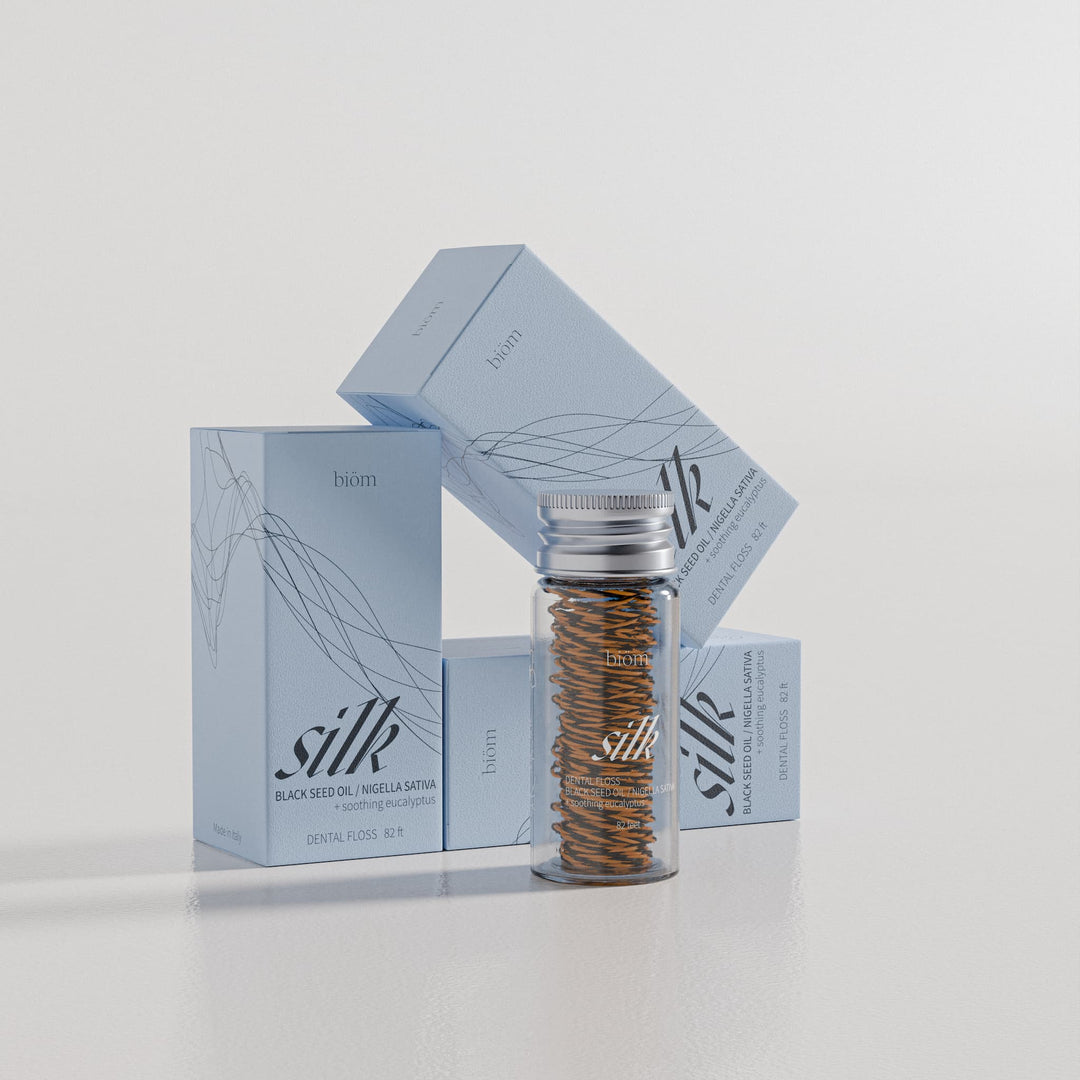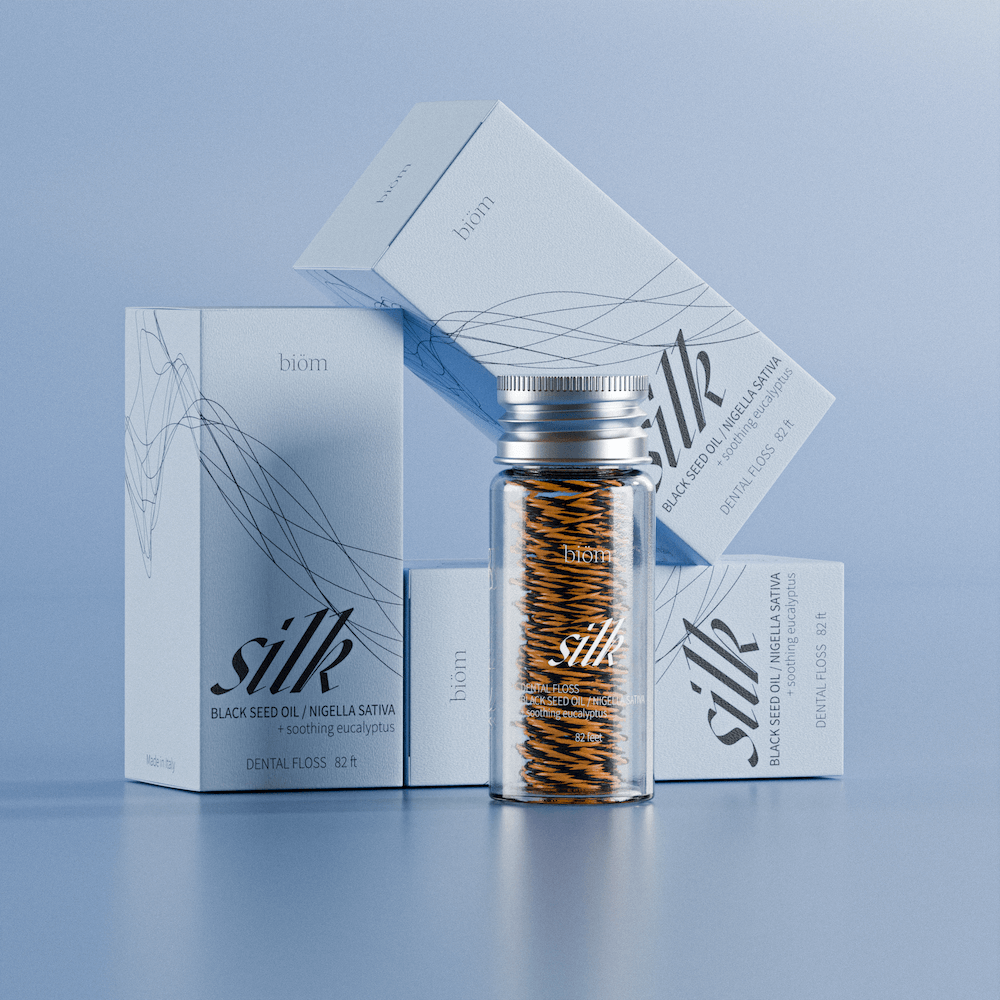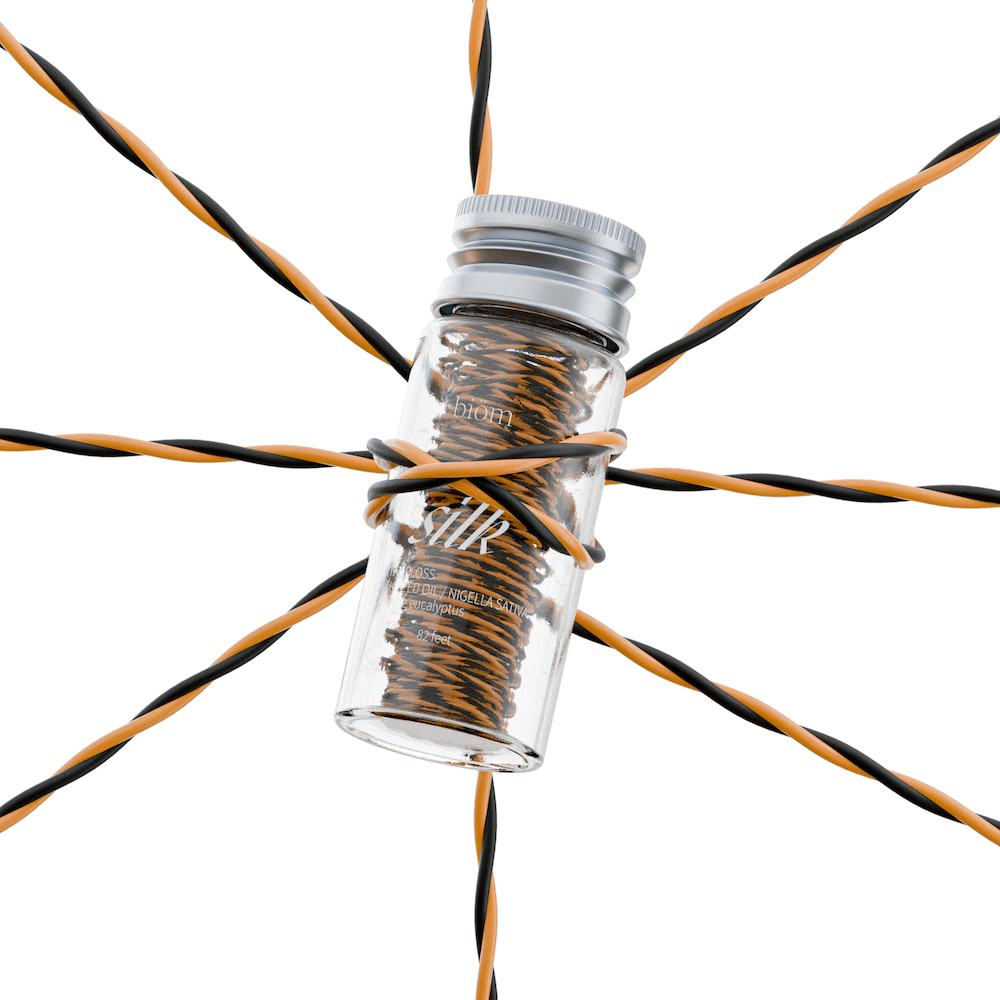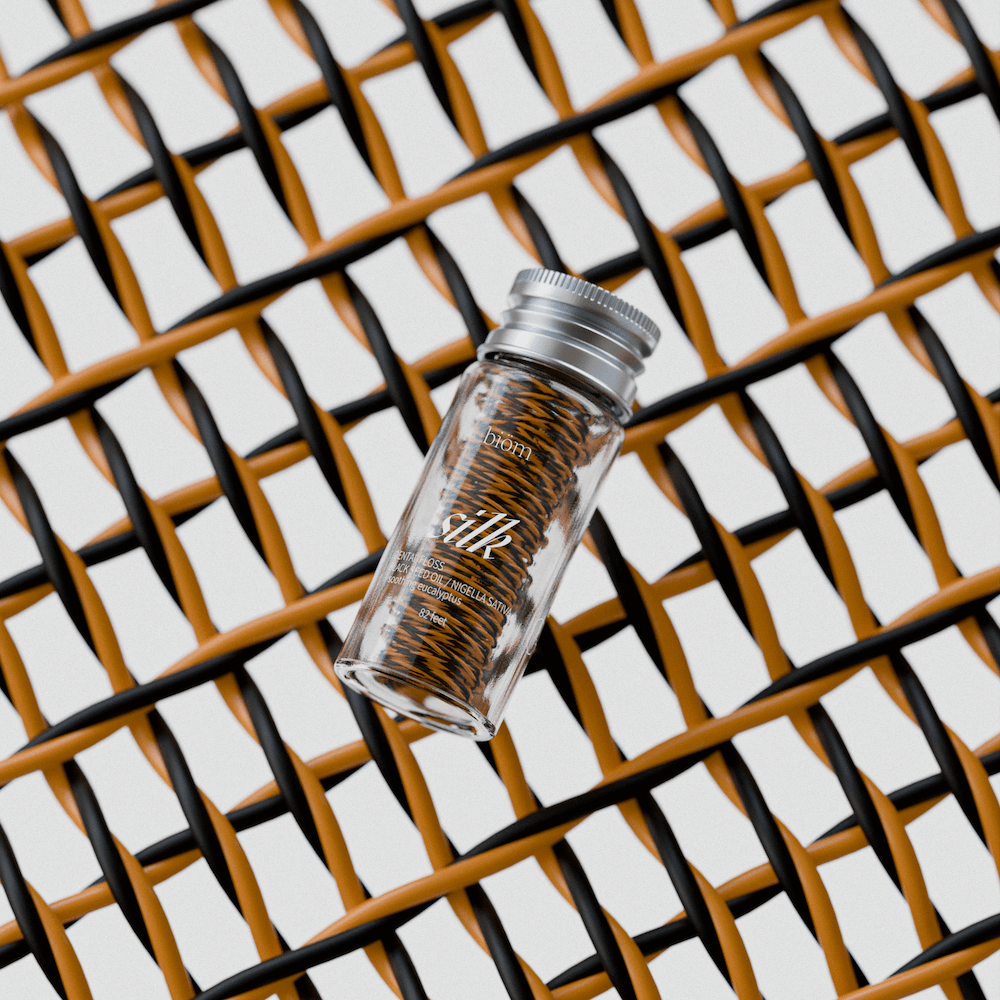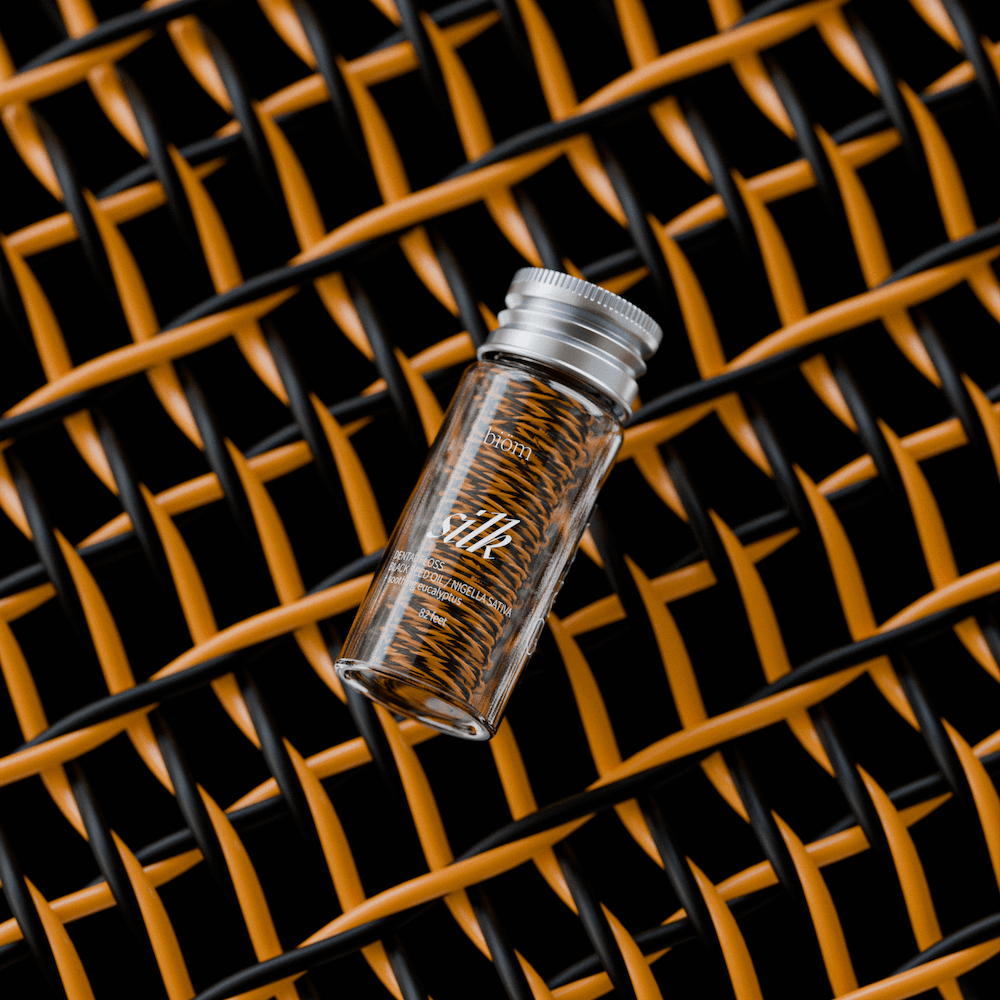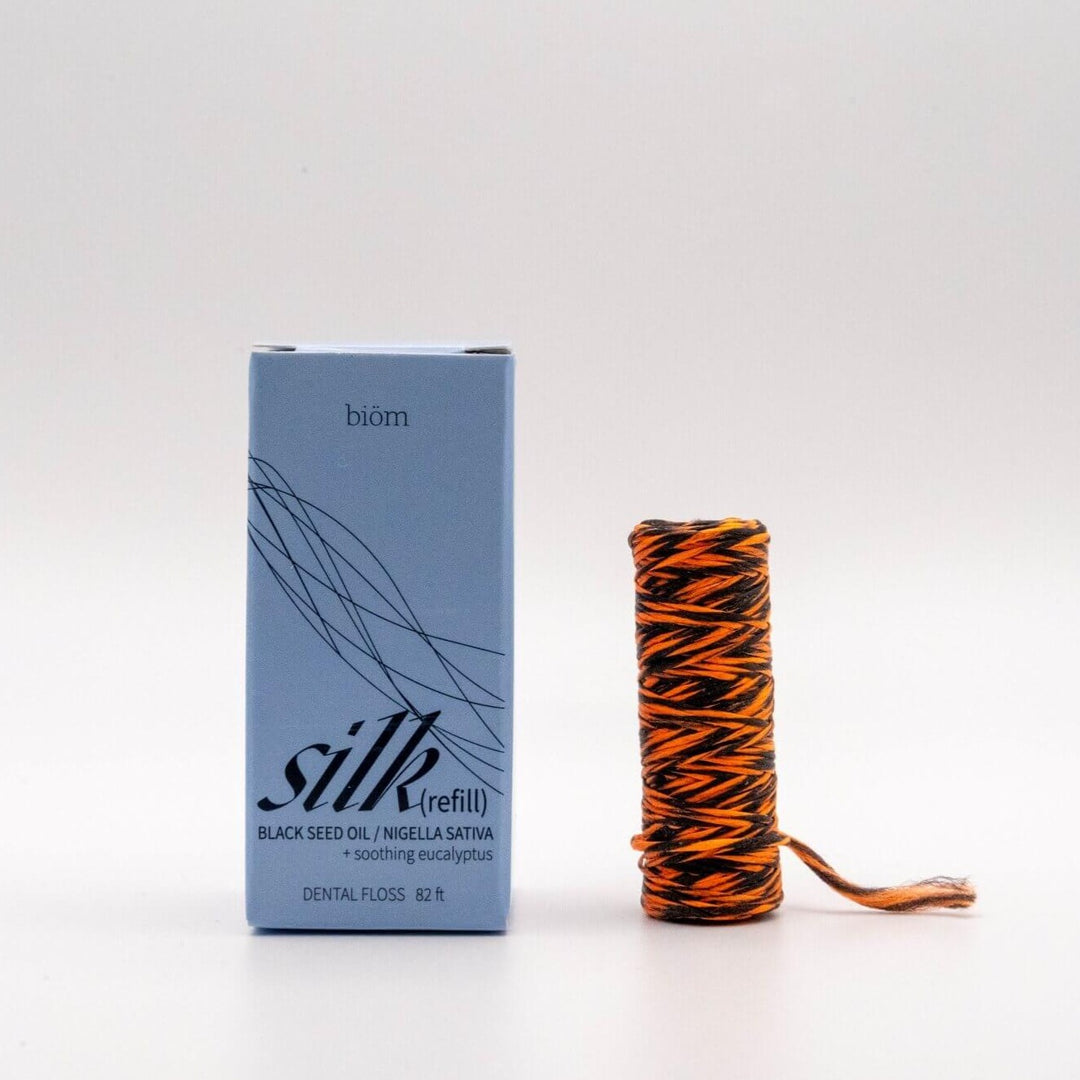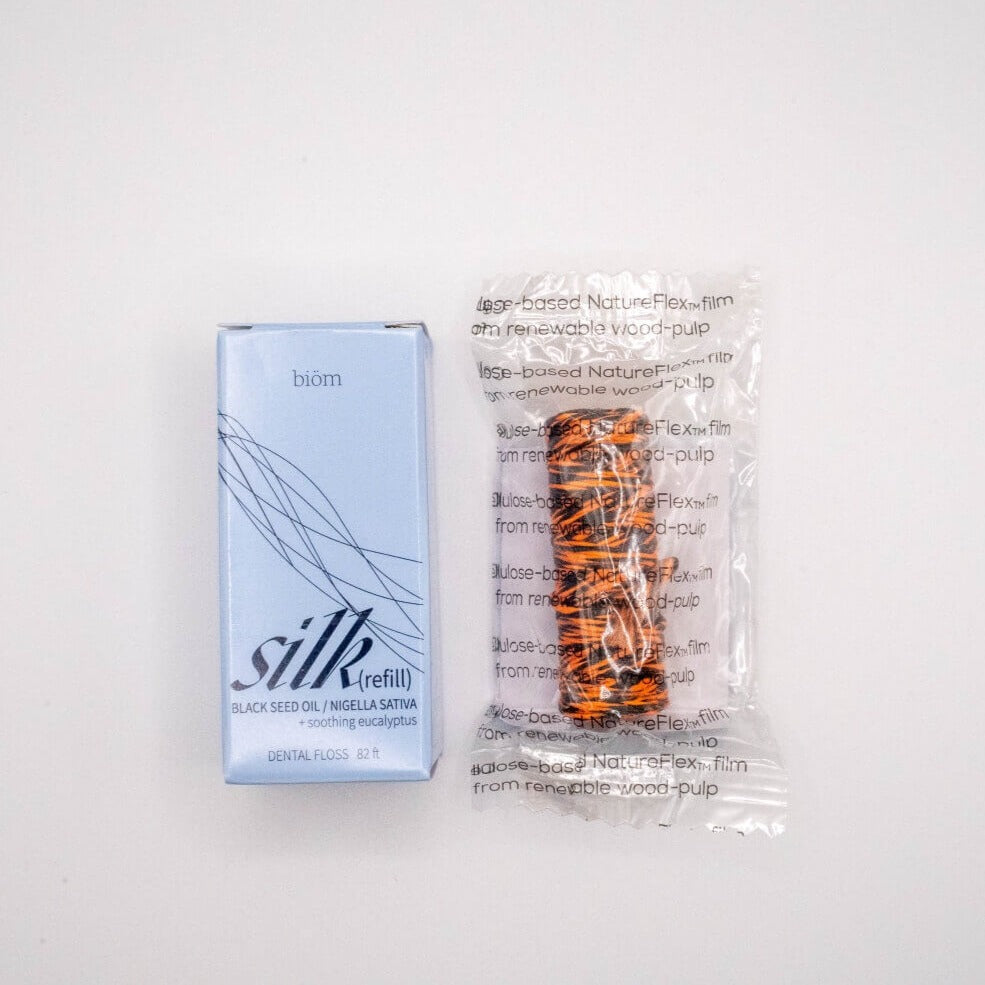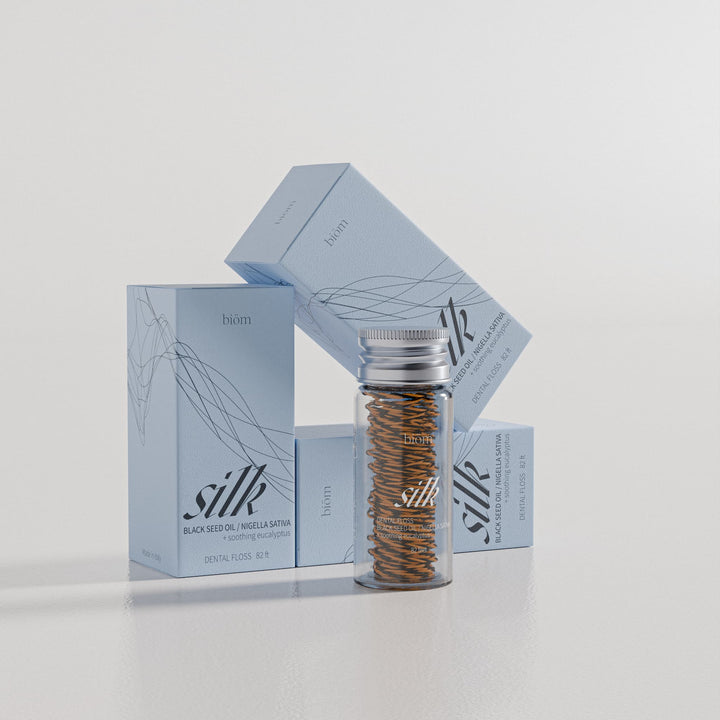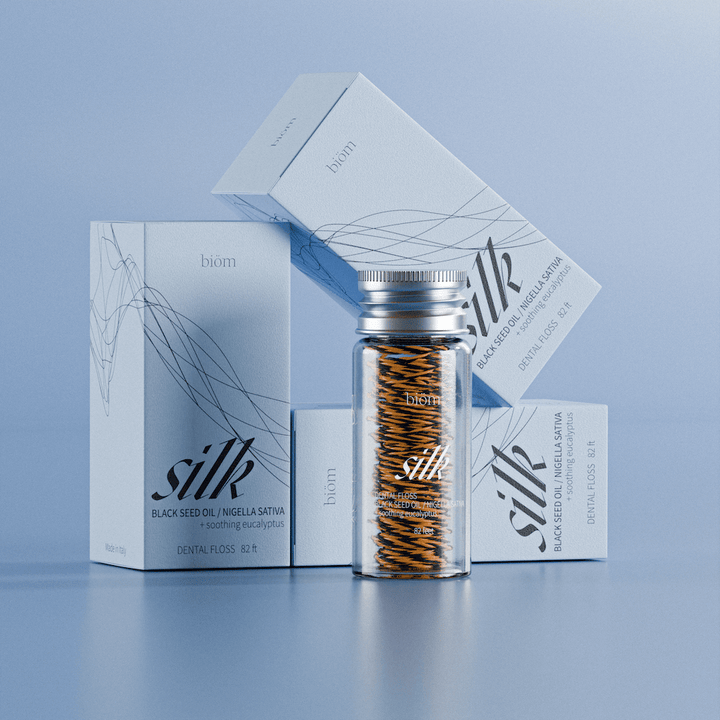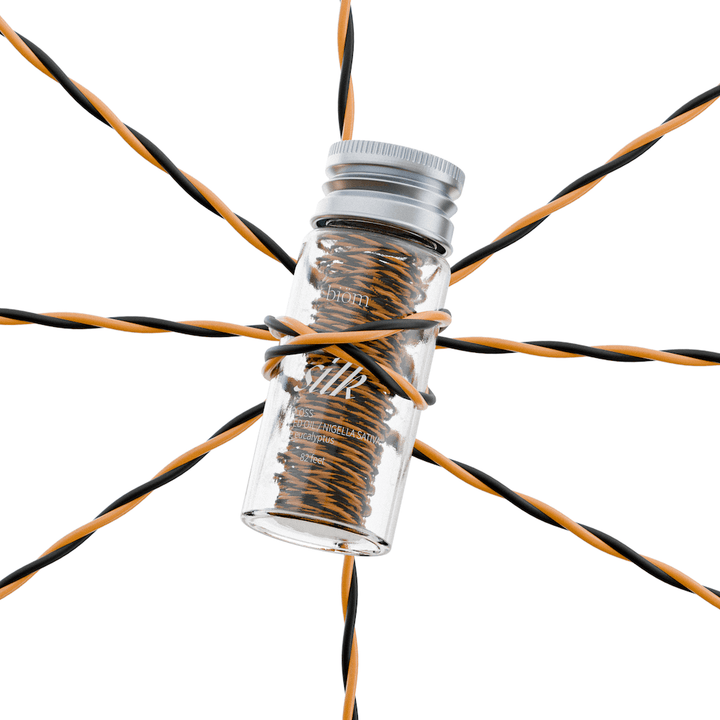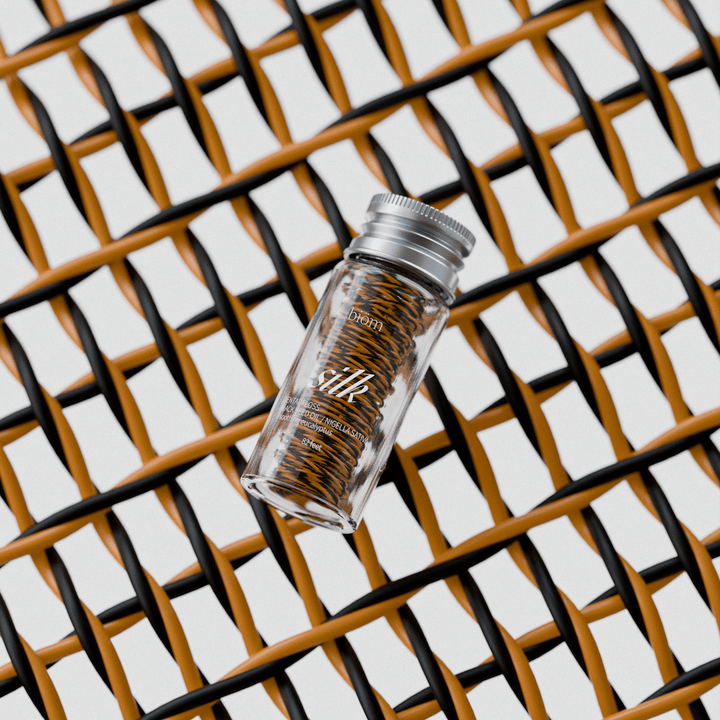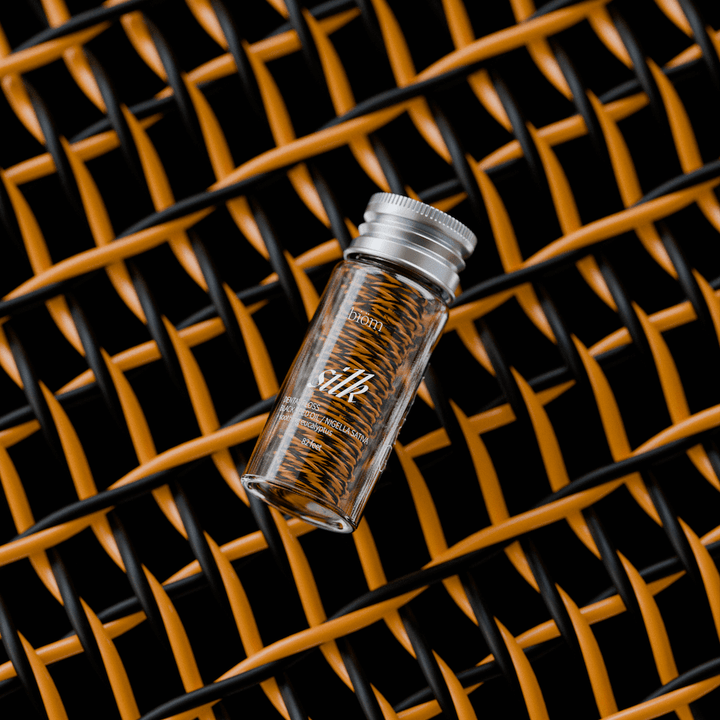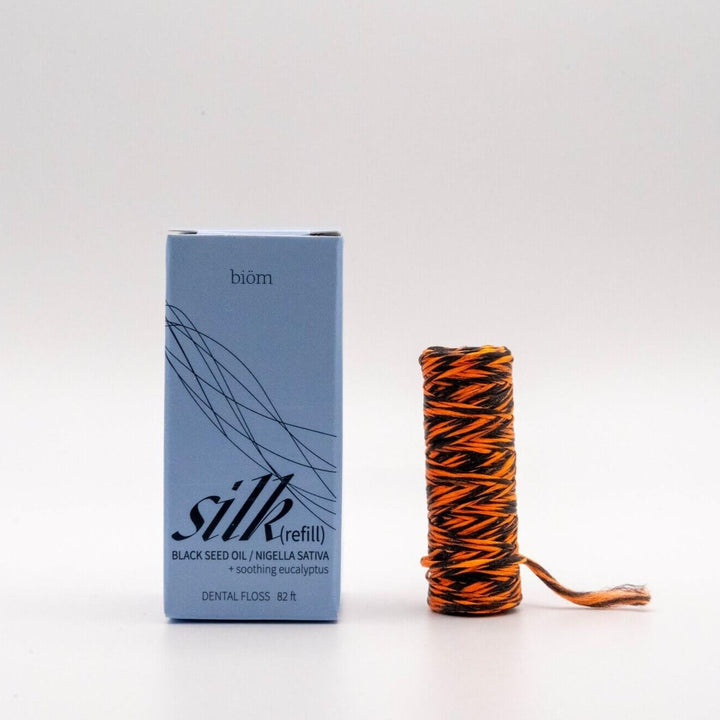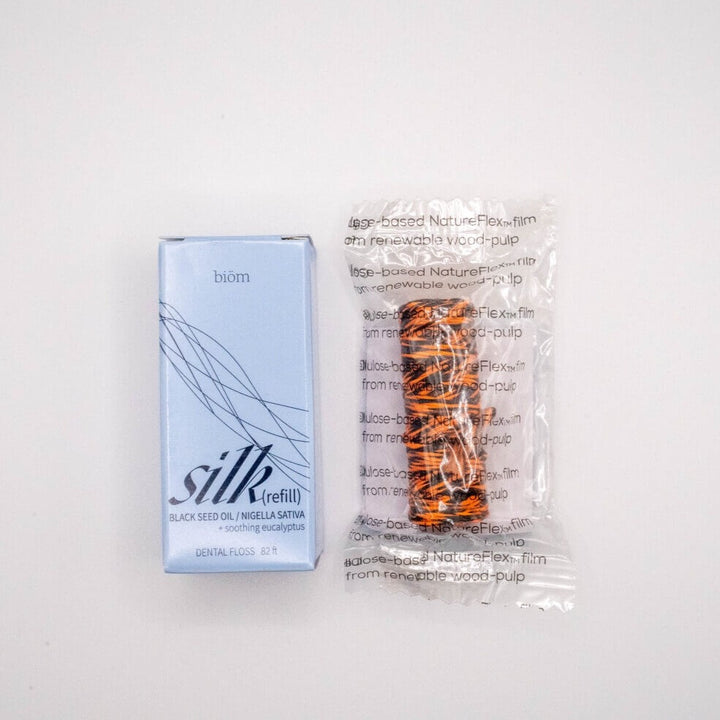Can You Take Dental Floss on a Plane?
Yes, you can bring dental floss on a plane. Dental floss is not subject to the TSA’s 3-1-1 liquids rule or any specific restrictions for carry-on luggage and checked baggage.
You can pack dental floss in your carry-on bag without worrying about size limits or packaging requirements as it’s not categorized as a sharp object or a liquid.
However, it’s always a good idea to ensure that your dental floss is securely packed to prevent it from tangling or becoming a nuisance during your journey.
Therefore, when it comes to traveling with oral care essentials like toothpaste, mouthwash, and dental floss, it’s important to understand and comply with the TSA regulations to ensure a smooth journey.
Keep reading to learn everything you need to know about the process of traveling with dental floss and other essentials.
What are the TSA regulations for dental floss?

The Transportation Security Administration (TSA) regulations for dental floss allow it in both carry-on and checked luggage.
Dental floss is considered a non-liquid, non-gel item and is not subject to the same restrictions as liquids or gels.
Additionally, there are no specific size restrictions for dental floss, meaning you can pack a standard-sized spool or a travel-sized container in without any problems.
During security screening, you can usually leave dental floss in your toiletries bag in your carry-on baggage. And it's a good idea to keep any sharp dispensers or cutting edges protected to avoid accidental injuries.
These rules apply primarily to flights within the United States. If you're traveling internationally, it's still generally acceptable to bring dental floss, but it's wise to check specific regulations for the country you're visiting, just to be sure.
Types of Dental Floss Allowed on Planes
The TSA permits all types of dental floss on planes, both in carry-on and checked luggage.
This includes traditional string floss, which is a thin, often nylon-based thread used to clean between teeth, and floss picks, which are small plastic tools with a short piece of floss stretched between two prongs.
Expandable dental floss, also known as "flossing tape" or "super floss," designed to expand and cover more surface area between teeth, is permitted on planes. These items are considered personal care products and do not pose any security risks.
According to the TSA guidelines, there are no specific restrictions or limitations on the type or quantity of dental floss you can bring, ensuring that travelers can maintain their dental hygiene routine while flying .
How much dental floss can I bring on a plane?

You can bring as much dental floss as you need on a plane.
The Transportation Security Administration (TSA) does not impose any restrictions or limitations on the quantity of dental floss you can carry in your luggage.
Dental floss is considered a personal care item and poses no security risks, allowing travelers to include it in their carry-on or checked bags without concern.
This flexibility ensures that you can maintain your dental hygiene routine while traveling, regardless of the length of your trip.
For further details, you can refer to the TSA guidelines on permitted items.
How to Pack Dental Floss When Travelling by Air

When preparing to travel by air, you can pack dental floss alongside other toiletries, such as toothpaste and mouthwash, in a clear, quart-sized plastic toiletries bag.
Opt for a travel-sized container of dental floss to save space and comply with airline regulations. Make sure the container is securely closed to avoid any accidental unwinding.
Ensure that any sharp objects or potentially harmful items are securely wrapped to prevent any harm to baggage handlers or inspectors.
If you’re concerned about space in your carry-on, consider removing excess packaging from the floss. Place the dental floss in an easily accessible pocket of your carry-on bag or in a clear plastic bag along with other small toiletries to facilitate security checks.
Remember to adhere to the TSA’s 3-1-1 rule for liquids and gels if your floss container falls under that category.
Overall, packing dental floss ensures you have it readily available throughout your journey, helping you maintain your oral health while traveling by air.
Packing Dental Floss in Carry-On vs. Checked Luggage

While the TSA requires liquids, gels, and aerosols in carry-on bags to be in containers of 3.4 ounces or less and fit in a clear, quart-sized zip-top bag, these rules do not apply to solid items like dental floss.
Therefore, you can pack dental floss in your checked luggage without any limitations or special requirements.
Packing dental floss in your carry-on is convenient as it allows easy access throughout your journey, making it handy for freshening up during long flights or layovers. Since dental floss is permitted by the TSA, you won't encounter any issues during security checks.
On the other hand, if space is limited in your carry-on or you have concerns about liquid restrictions or security regulations, placing dental floss in your checked luggage might be preferable.
This is especially practical if you're carrying a lot of other toiletries or if you simply want to streamline the items in your carry-on. Additionally, packing dental floss in checked luggage can serve as a backup supply.
Ultimately, your decision should be based on what suits your travel needs best, whether it's accessibility, space considerations, or security concerns.
Can I take toothpaste on a plane?
Yes, you can take toothpaste on a plane, but it's important to know how much toothpaste you can bring according to TSA regulations.
Provided that the toothpaste tube is smaller than 3.4 ounces (100 milliliters) and fits within the quart-sized clear plastic bag required for liquids, it complies with TSA regulations for carry-on items.
If you need to bring prescription toothpaste, make sure to carry the necessary documentation and follow any specific regulations for its transportation.
However, when packing toothpaste in checked luggage, the restrictions are typically less stringent. You can usually pack larger containers of toothpaste without the limitations imposed on carry-on items.
For regular sized toothpaste, it’s best to pack it in your checked luggage to avoid the 3.4 ounces limit imposed on carry-on items.
Nonetheless, it’s always a good idea to securely package toiletries, including toothpaste tubes, to prevent leaks or spills during transit.
Can I bring toothpaste tablets on a plane?

Yes, you can bring toothpaste tablets on a plane.
Toothpaste tablets are solid alternatives to traditional toothpaste and are not subject to the TSA's liquid restrictions for carry-on luggage.
They can be packed in your carry-on bag without the need for a quart-sized plastic bag or worrying about liquid limits.
Toothpaste tablets are good for travel that offer a convenient option for maintaining oral hygiene while flying.
Can I bring mouthwash on a plane?
Yes, you can definitely bring mouthwash on a plane.
However, mouthwash is considered a liquid and is subject to the TSA's 3-1-1 liquids rule for carry-on luggage. This means that each container of mouthwash must be 3.4 ounces (100 milliliters) or less and all containers must fit into a single quart-sized clear plastic bag.
Conversely, you can bring a larger quantity of mouthwash in your checked luggage. It typically has fewer restrictions on liquids, allowing you to bring larger containers without the need to adhere to the 3-1-1 rule.
So, if you prefer to have more of your favorite mouthwash with you while traveling, simply pack it in your checked baggage and enjoy your trip worry-free. Just ensure that the bottle is tightly sealed to prevent any leaks or spills during transit.
Can I bring face wash on a plane?
Yes, you can bring face wash under 3.4 fl. oz. in your carry-on bag on a plane. If it's over 3.4 oz., you'll have to put it in a checked bag.
In fact, the Transportation Security Administration (TSA) has set up clear guidelines for carrying face wash on a plane. According to these rules:
-
Face wash products in liquid, gel, foam, or cream form must adhere to the TSA’s 3.4 oz or 100 ml container size limit and be packed in a quart-sized clear plastic bag.
-
Solid face wash bars and powdered face wash are exempt from these restrictions.
-
And, in checked luggage, there are no limitations on the form or quantity of face wash that can be transported.
In short, face wash can be transported on an airplane in both checked and carry-on baggage with proper rules and guidelines.
Frequently Asked Questions
Why is toothpaste not allowed on airplanes?
Toothpaste is not allowed on airplanes in containers larger than 3.4 ounces (100 milliliters) because it is considered a liquid or gel under the Transportation Security Administration (TSA) regulations. These rules are in place to minimize potential security threats by limiting the amount of liquids, gels, and aerosols passengers can carry in their hand luggage. However, toothpaste in smaller containers can be packed in a quart-sized, resealable plastic bag along with other travel-sized toiletries. For larger quantities, passengers can pack toothpaste in their checked luggage. For worry-free travel, it's best to bring toothpaste tablets as it is not subject for the TSA's liquid restrictions for on your luggage.
What items are not allowed on a plane in hand luggage?
Items not allowed in hand luggage on a plane include liquids, gels, and aerosols over 3.4 ounces (100 milliliters) per container, unless they are medically necessary. Sharp objects such as knives, scissors with blades longer than 4 inches, and box cutters are also prohibited. Additionally, weapons, flammable items, explosives, certain tools, self-defense items, sports equipment, and some electronics like hoverboards with non-removable lithium batteries are not permitted. For a comprehensive and updated list of prohibited items, it's essential to check with your airline and the Transportation Security Administration (TSA).
Are toothpicks allowed in carry-on?
Yes, toothpicks are generally allowed in carry-on luggage. They are not considered a security threat and do not fall under the categories of restricted items set by the Transportation Security Administration (TSA). However, it's always a good idea to check the latest TSA guidelines or with your airline for any specific restrictions or updates.
Is toothpaste considered a liquid when flying?
Yes, toothpaste is considered a liquid when flying according to the Transportation Security Administration (TSA) regulations. It falls under the category of gels and is subject to the 3.4 ounces (100 milliliters) limit for carry-on liquids. Toothpaste must be placed in a quart-sized, resealable plastic bag along with other travel-sized liquids, gels, and aerosols. For larger quantities, toothpaste should be packed in checked luggage.
Can I pack dental floss in my carry-on?
Yes, you can pack dental floss in your carry-on luggage. Dental floss is not restricted by the Transportation Security Administration (TSA) and is allowed in both carry-on and checked luggage. Feel free to include it in your travel essentials for your carry-on bag.
Will floss plug the drain?
Yes, dental floss can potentially plug the drain if flushed down. Floss doesn't break down easily and can tangle with other debris, leading to clogs in pipes and drains. To avoid plumbing problems, it's important to dispose of floss in the trash instead of flushing it.


